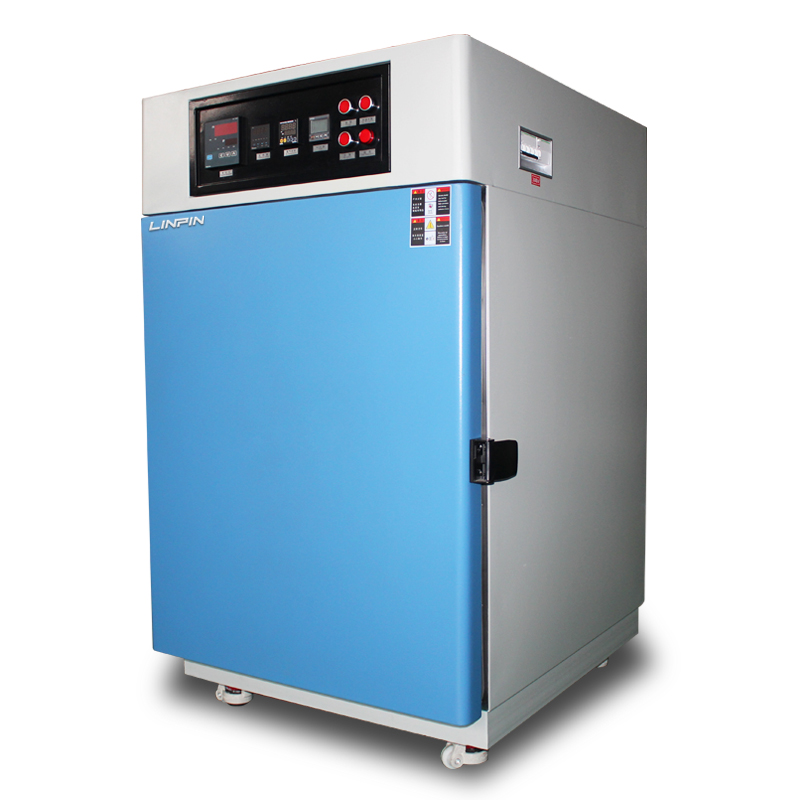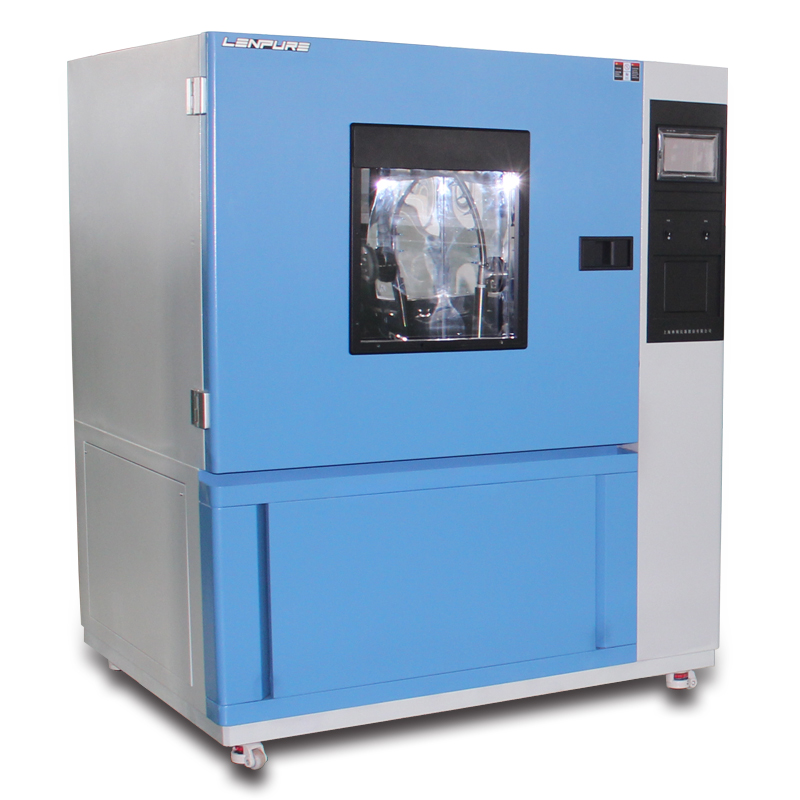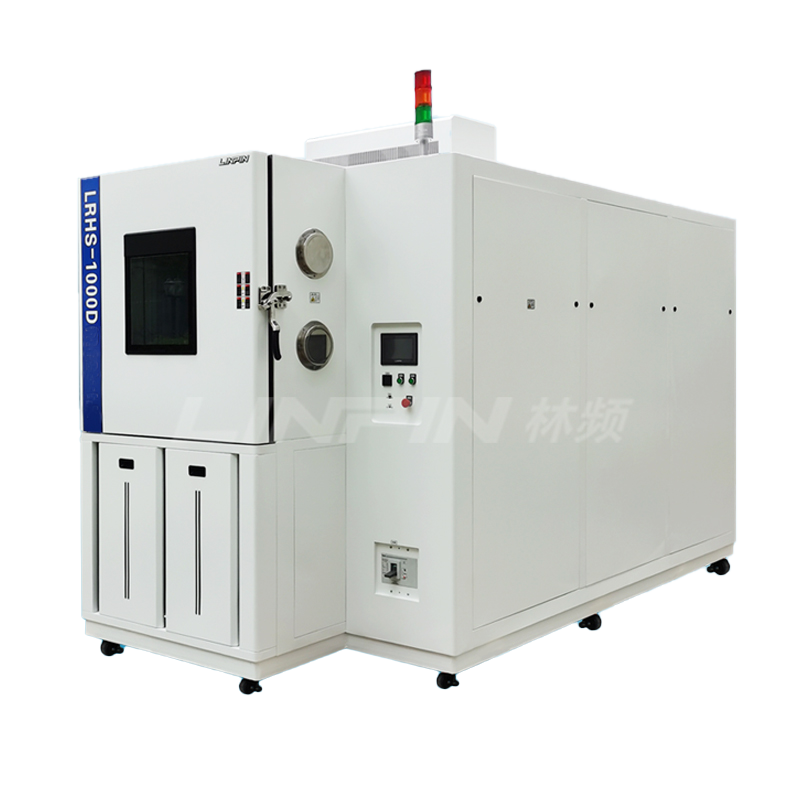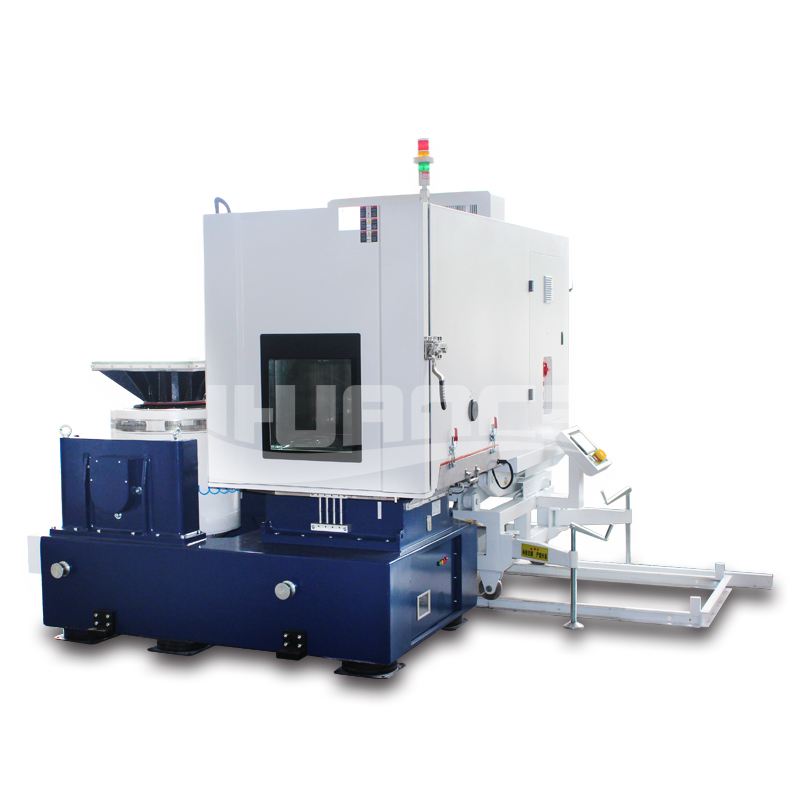Scope and Applications of High-Temperature Test Chambers Compliant with GJB150.3A-2009
Author:LINPIN Update Time:2025-09-11 Source:LINPINThe GJB150.3A-2009 standard establishes rigorous environmental testing protocols for military equipment and aerospace components, with high-temperature testing being a critical subset. High-temperature test chambers compliant with this standard are engineered to simulate extreme thermal conditions, ensuring material durability, component reliability, and operational stability under prolonged heat exposure. These chambers serve as indispensable tools across defense, aviation, automotive, and electronics industries, where thermal resilience directly impacts safety and performance.
Technical Specifications and Operational Parameters
High-temperature test chambers adhering to GJB150.3A-2009 must meet precise operational criteria:
- Temperature Range: Typically spanning +60°C to +200°C, with advanced models capable of exceeding +300°C for specialized applications.
- Uniformity and Stability: Temperature uniformity is maintained within ±2°C across the workspace, ensuring consistent heat distribution.
- Heating Rate: A minimum ramp rate of 3°C per minute is mandated to replicate rapid thermal transitions encountered in real-world scenarios.
- Control Systems: Microprocessor-based controllers with real-time monitoring and data logging comply with MIL-STD-810 and IEC 60068 standards.
Primary Applications
-
Military and Aerospace Systems
High-temperature chambers validate the performance of avionics, propulsion systems, and structural materials under conditions mimicking desert operations or supersonic flight. Components such as circuit boards, seals, and composite materials undergo accelerated aging tests to identify failure thresholds. -
Automotive Engineering
Electric vehicle (EV) batteries, engine components, and onboard electronics are subjected to thermal cycling to assess resilience against engine bay heat or prolonged solar exposure. Compliance with GJB150.3A-2009 ensures alignment with ISO 16750 and SAE J3168 standards. -
Electronics and Semiconductors
Integrated circuits (ICs) and microprocessors are tested for thermal runaway risks and solder joint integrity. The chambers replicate conditions such as reflow soldering (peaking at 260°C) or extended operation in confined spaces. -
Material Science Research
Polymers, ceramics, and alloys are evaluated for thermal expansion, degradation, and glass transition temperatures. Data derived from these tests inform material selection for high-stress environments.

Regulatory Compliance and Industry Relevance
GJB150.3A-2009 aligns with global standards, including:
- MIL-STD-810: U.S. military equipment testing protocols.
- IEC 60068: International Electrotechnical Commission guidelines for environmental testing.
- RTCA DO-160: Aviation hardware testing requirements.
This cross-standard compatibility ensures that components tested in GJB150.3A-2009-compliant chambers meet export and multinational project requirements.
Design Features Enhancing Reliability
- Airflow Optimization: Vertical or horizontal laminar airflow prevents hot spots and ensures uniform thermal distribution.
- Redundant Safety Systems: Over-temperature protection, emergency cooling, and fail-safe electrical cutoffs mitigate operational hazards.
- Modular Construction: Chambers with customizable shelving and ports for in-situ monitoring accommodate diverse form factors, from small PCBs to full-scale engine parts.
Case Studies Demonstrating Efficacy
- Defense Sector: A NATO-approved radar system underwent 1,000 hours of continuous testing at 85°C and 85% relative humidity, revealing capacitor degradation that prompted a design revision.
- Space Technology: Satellite solar panels exposed to 175°C in vacuum-simulated conditions confirmed adhesive bonding integrity for geostationary orbit deployment.
Future Trends and Technological Advancements
Emerging demands include:
- Dynamic Thermal Cycling: Integration with vibration tables for combined environmental stress screening (ESS).
- AI-Driven Predictive Analytics: Machine learning algorithms analyze thermal fatigue patterns to forecast component lifespans.
- Sustainability: Energy-efficient designs utilizing recirculated airflow and low-emission heating elements reduce operational costs.
High-temperature test chambers compliant with GJB150.3A-2009 represent a fusion of precision engineering and regulatory rigor. Their role in ensuring the reliability of critical systems underscores their necessity in industries where failure is not an option. As thermal challenges intensify with advancing technology, these chambers will continue to evolve, incorporating smarter controls and greener solutions to meet tomorrow’s standards.





